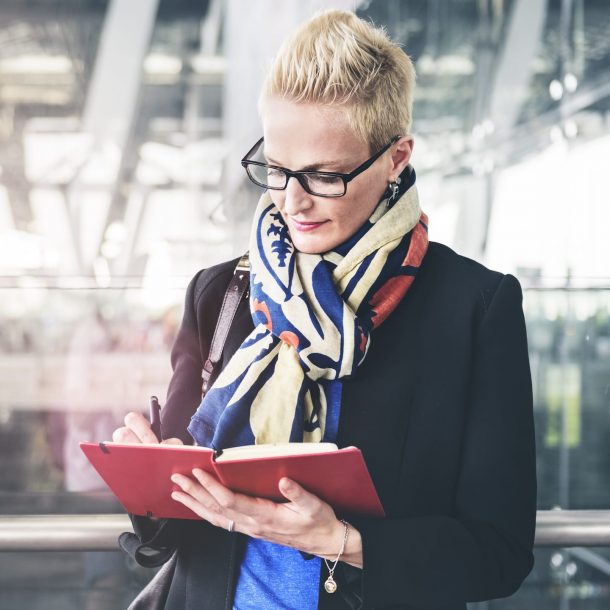
UpSkill: Don’t take it personal, the Feedback you Receive is Not always the Feedback You Are Given
Behind the Feedback: The Feedback you Receive is not always the Feedback You Get
“Don’t take it personal!” But what if it is personal?
Imagine if you took a day off to do something sweet for your partner: You decorated the dining room for a special romantic dinner, cooked a sumptuous meal, dressed up special for the meal and even served it too!
After you finish eating, you ask your partner: “How was the meal?”
Your partner responds: “Not the best I have had, but certainly not the worst.”
How would you respond?
I recently facilitated a webinar titled “How To Not Take Feedback Personally” inside Upskill Community, and the range of responses to this question was interesting:
“Remind me never to do this again – ever!”
“Knuckle stew for dessert, anyone?”
“What did you just say?”
“I’m speechless”
“Like Wow!”
Let’s pause.

What could be behind your partner’s response?
- Your partner is not a skilled communicator
- Your partner has no real appreciation for the effort you invested
- Your partner had a late lunch and is not really hungry but doesn’t want to hurt your feelings
Much of what we do at home, at work and in our communities is personal to us. So feedback on almost anything we do is personal. How can we not take personal feedback personally then?
In order to effectively address the feelings feedback conjures you for us, we need a process to think things through while we restrain our feelings.
Let’s go back to the response from your partner and explore other things that could have informed the feedback you received.
What information would change the way you originally felt about the response?
What if you found out that your partner:
- had a very embarrassing experience on the way home?
- is suffering from a zinc deficiency impacting their taste buds?
- just lost their job?
Would that kind of information change the way you receive and process the feedback?
How about if you did not invest so much time and effort preparing the meal? Didn’t have specific desires to impress? Just reheated some leftovers?
Would you hear that a little differently?
The feedback you receive is not always the feedback you are given, so the key is to look behind the curtain to see what is influencing and informing the feedback you are receiving. This gives you a deeper understanding of how to process the feedback to your benefit.
When we receive feedback, its value is sometimes immediately obvious, but in many cases, we have to take a step back to make sense of it. In some cases we rush to dismiss the feedback just based on how it appears on the surface without digging deeper to find opportunities. That’s because receiving feedback can be very tough at times.
Whenever we have tough tasks to do in our lives, we rely on tools and tactics to support us. This should be no different for the task of receiving feedback which is essential for growth.
The diagram demonstrates that feedback is not neutral, the giver is not neutral, you (the receiver) are not neutral. Therefore, the feedback you are given is not always what you receive, so you must invest the effort to go behind the three elements of the feedback to determine the exact feedback you are being given.
3 Steps:
- Scrutinize yourself, your expectations, motivations, attitudes and so on to determine if you are in the ideal space to process that feedback appropriately.
- Empathize with the giver to figure out what could be going on in their lives that may impact the feedback and the way it is delivered.
- Evaluate the feedback itself to strip away noise and elements that do not add value so you can get to any nugget of value hidden within.
The feedback you receive is not always the feedback you are given, so go through the process to bring the feedback you receive as close as possible to the feedback you are actually given. I developed the Feedback Filtering Funnel which I describe in another blog to provide a mechanism for scrutinizing the three elements of the feedback: yourself as the receiver, the giver as well as the feedback itself.
Author, Educator, UpSkiller

